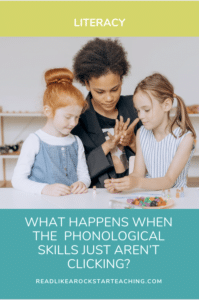
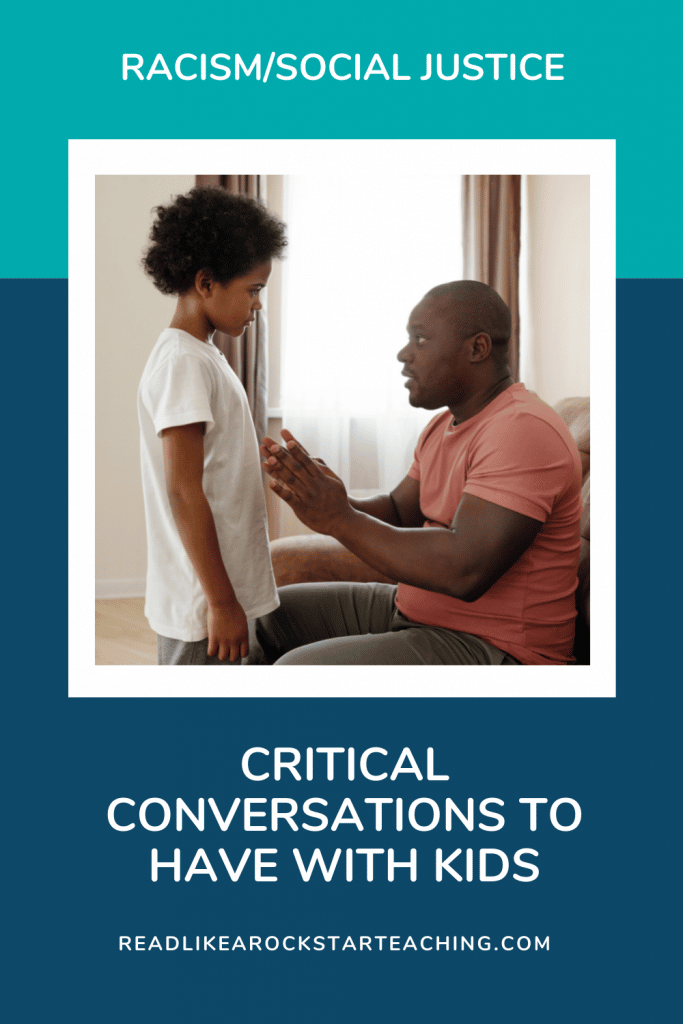
*Click any image in this post to be taken to the resource.
Now more than ever I have noticed that more caregivers are realizing the importance of having conversations with their kids about race, racism, and diversity. I have been having these conversations with my 4 year old son for a little over two years.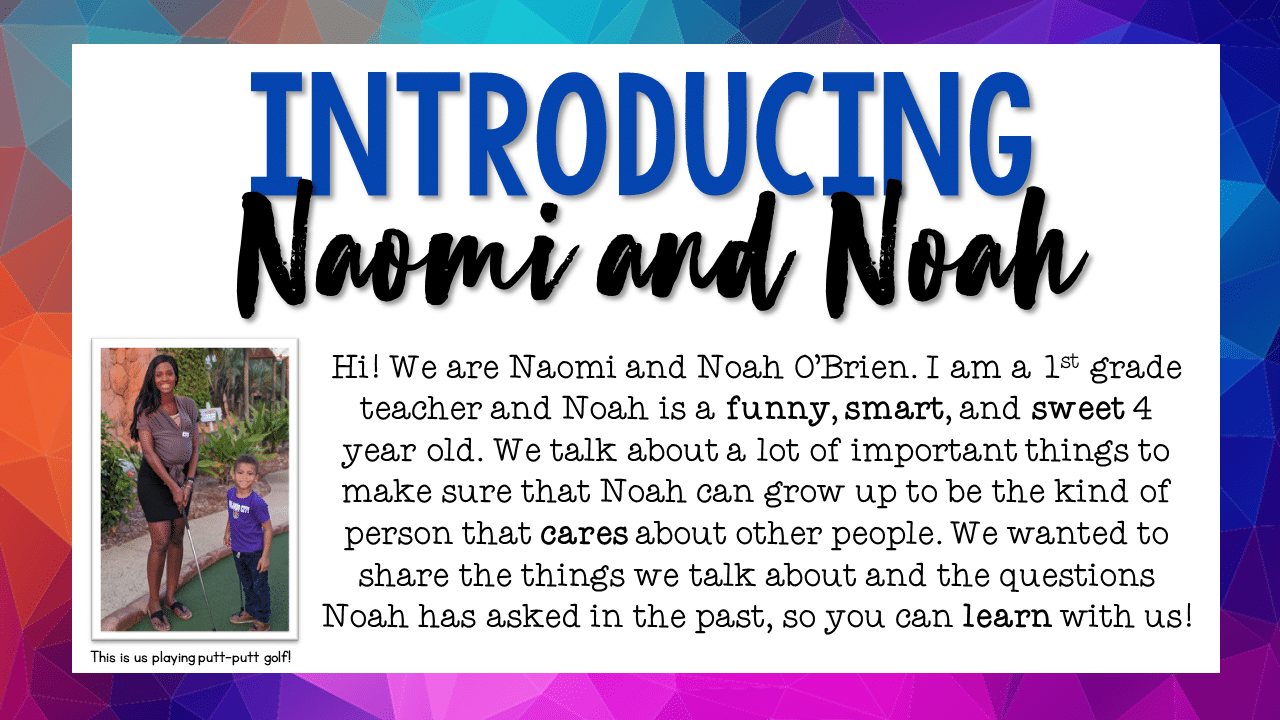 The conversations started by me simply pointing out and admiring diversity. Naming races, languages, cultural differences and ethnicities. Celebrating the differences and talking about our similarities.I think of them as training sessions. I am preparing my son to grow up and become a citizen of the world. He needs to be culturally intelligent. He needs to be anti-racist. He needs to value other people. I have always pointed out and named the races of characters in the shows we were watching or the books we were reading. I always say things like, “Their skin is so beautiful.” “Look at all these different skin tones! How nice.” “This story takes place in Hong Kong, that means these people are Asian.” “These women are wearing a hijab. That’s a part of their culture. What a pretty color.” Just to make sure my son (who was already noticing these things) had the vocabulary to understand what he was seeing. I wanted to make sure he was attaching good attitudes and beliefs to the people he was seeing instead of jumping to his own conclusions.
The conversations started by me simply pointing out and admiring diversity. Naming races, languages, cultural differences and ethnicities. Celebrating the differences and talking about our similarities.I think of them as training sessions. I am preparing my son to grow up and become a citizen of the world. He needs to be culturally intelligent. He needs to be anti-racist. He needs to value other people. I have always pointed out and named the races of characters in the shows we were watching or the books we were reading. I always say things like, “Their skin is so beautiful.” “Look at all these different skin tones! How nice.” “This story takes place in Hong Kong, that means these people are Asian.” “These women are wearing a hijab. That’s a part of their culture. What a pretty color.” Just to make sure my son (who was already noticing these things) had the vocabulary to understand what he was seeing. I wanted to make sure he was attaching good attitudes and beliefs to the people he was seeing instead of jumping to his own conclusions.
Our kids are constantly filtering information that is thrown at them by the world. They have biases we don’t know about that are already formed. They use race to reason about behavior and to choose friends at only 2 and half years old. (Katz and Kofkin)
By age 5, some kids already have the same racial biases and attitudes towards people that adults do! (Dunham et al, 2008) Let that sink in. We can’t afford to wait to have these critical conversations. Yes, they seem scary, but I’m more scared of what’s been happening because people aren’t having these conversations.
I have these conversations with my son and prepare him for the world as much as I can, but if the racist person he bumps into hasn’t been taught not to be racist, much of my preparation goes out of the window. We need all hands on deck to build a generation of anti-racist kids.
I compiled 18 questions that my son and I have asked and answered recently. My hope is that you will sit down with a child you know and love and have these conversations with them. You can tell that there’s a little boy named Noah that is off having these conversations with his mom so that he can be a better person and an informed person when he grows up. After each of our Q and A’s there are 2 questions for you to answer with your kids. 36 questions in all for you to go through.
You will see a question that has been asked by Noah or myself and then our answer. Consider having your child answer first, and then reading our response.
Then there are two discussion questions for you to have with your child. I try to keep these conversations short and sweet. I ask him a couple of questions, give him my opinion, allow him to ask questions and answer as honestly as I can. If I don’t know an answer I just say, “That’s a great questions. Let’s look it up.” and then we do.
Every now and then I love to ask questions to gauge where his mind is and intentionally try to pull out some biases. I have asked him if girls are better than boys. I have asked him if it’s better to have have two moms, two dads, or a mom and a dad. I have asked him if we should only be friends with people that have brown skin likes us. I do while he’s young enough to give an honest answer that can possibly turn into a teachable moment. I let him give his answer then say, “You wanna know what I think?”, then I give my thoughts. I would much rather he tell him his uniformed thoughts, than for me to learn about these thoughts after he has unknowingly said or done something insensitive to another child.
I really hope you and your family find these discussion prompts useful!
Again, spread them out. Don’t force your child to answer all of these in one sitting. Spread them out. Add on to the conversation the following day. Read books that reinforce what you want to teach and see if your child is making connections to these lessons.
Also, if your child is being open and honest, receive what they have to say in a way that encourages them to continue to be honest. If they feel like they are going to get in trouble for expressing their honest opinions, they may start to give answers they think you want to hear, or they may start to bet anxiety about having these conversations.
It’s a teaching moment. They are still little and you can still make a difference in the way they view and treat others.
You’ve got this!
Naomi

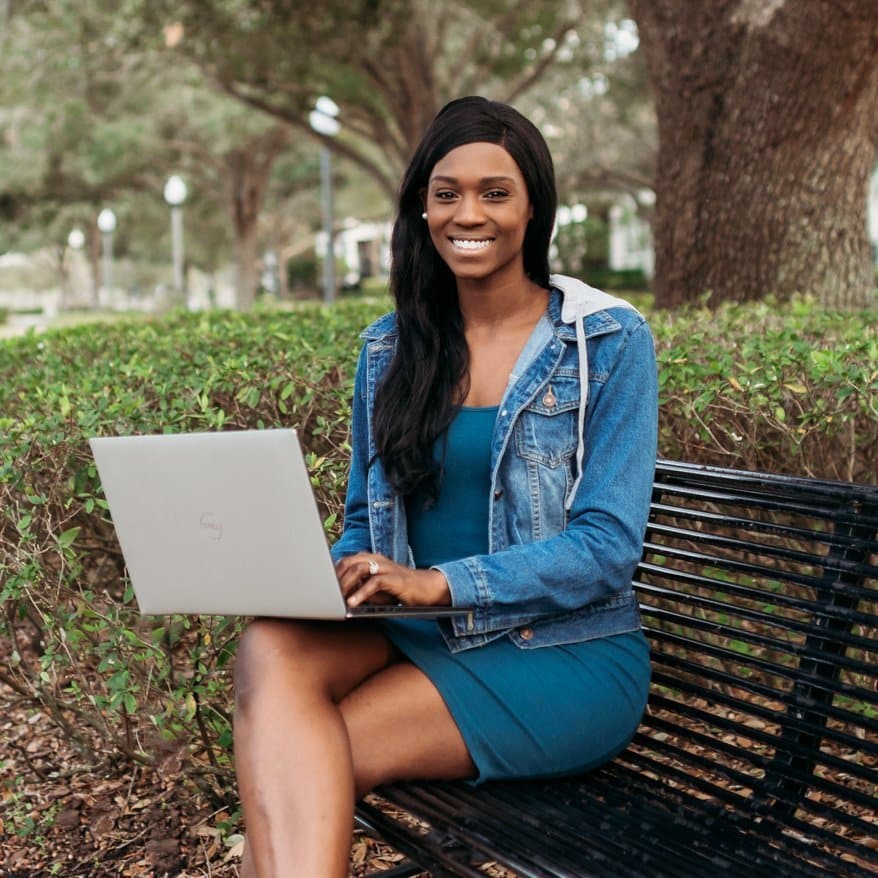
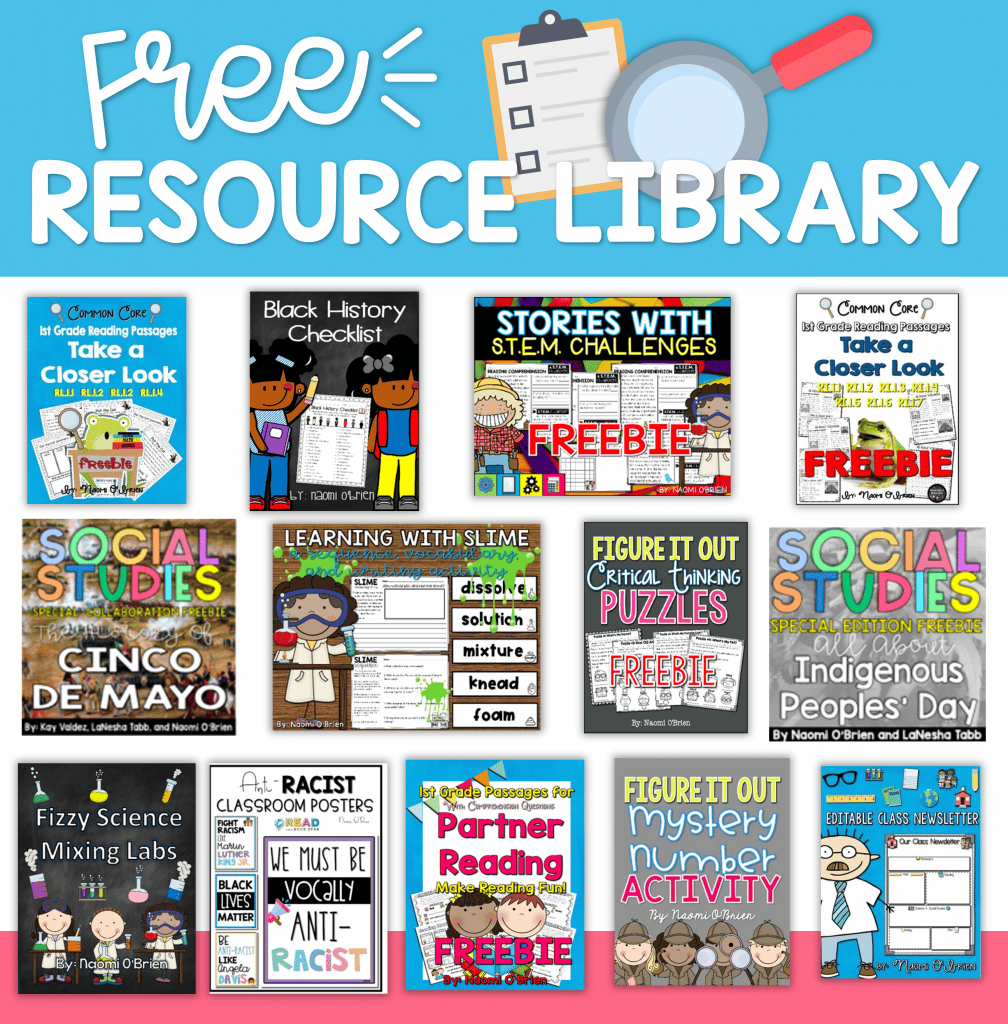
| Cookie | Duration | Description |
|---|---|---|
| cookielawinfo-checkbox-analytics | 11 months | This cookie is set by GDPR Cookie Consent plugin. The cookie is used to store the user consent for the cookies in the category "Analytics". |
| cookielawinfo-checkbox-functional | 11 months | The cookie is set by GDPR cookie consent to record the user consent for the cookies in the category "Functional". |
| cookielawinfo-checkbox-necessary | 11 months | This cookie is set by GDPR Cookie Consent plugin. The cookies is used to store the user consent for the cookies in the category "Necessary". |
| cookielawinfo-checkbox-others | 11 months | This cookie is set by GDPR Cookie Consent plugin. The cookie is used to store the user consent for the cookies in the category "Other. |
| cookielawinfo-checkbox-performance | 11 months | This cookie is set by GDPR Cookie Consent plugin. The cookie is used to store the user consent for the cookies in the category "Performance". |
| viewed_cookie_policy | 11 months | The cookie is set by the GDPR Cookie Consent plugin and is used to store whether or not user has consented to the use of cookies. It does not store any personal data. |
Thank you for your interest in booking a private professional development experience! Please fill out our Booking Inquiry form and a member of our team will contact you soon.